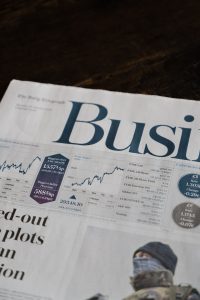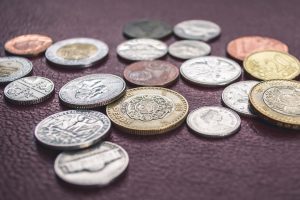Forex trading is a complex and dynamic process that requires a deep understanding of various market factors. One of the critical elements that traders need to master is data analysis. In today’s digital age, data is abundant, and traders who can leverage it to make informed decisions can significantly enhance their profitability. In this article, we will explore how to use data to trade forex.
1. Economic Indicators
Economic indicators are statistics that provide insights into a country’s economic performance. They are released by government agencies, central banks, and other organizations, and they cover various areas such as inflation, employment, trade, and GDP. Forex traders use economic indicators to evaluate a country’s economic health and determine the likely direction of its currency. Some essential economic indicators include:
a. Gross Domestic Product (GDP): GDP is the total value of goods and services produced in a country. It is a measure of a country’s economic performance and is closely watched by forex traders.
b. Consumer Price Index (CPI): CPI measures the changes in the prices of goods and services bought by consumers. It is used to estimate inflation and inflation expectations.
c. Employment Data: Employment data, such as non-farm payrolls, unemployment rates, and jobless claims, provide insights into a country’s labor market. They are used to assess the strength of the economy and the potential impact on the currency.
2. Technical Analysis
Technical analysis is the study of past market data, primarily price and volume, to identify patterns and trends. It is used to forecast future price movements and identify potential trading opportunities. Technical analysis tools include charts, trend lines, indicators, and oscillators. Some essential technical analysis tools include:
a. Moving Averages: Moving averages are used to smooth out price fluctuations and identify trends. They are calculated as an average of prices over a specific period.
b. Relative Strength Index (RSI): The RSI is a momentum indicator that measures the strength of a trend. It is calculated by comparing the average gains to the average losses over a specific period.
c. Bollinger Bands: Bollinger Bands are used to identify the volatility of a currency pair. They are calculated using two standard deviations above and below a moving average.
3. Sentiment Analysis
Sentiment analysis is the study of market psychology and the emotions that drive market participants’ behavior. It is used to gauge investor sentiment and identify potential market reversals. Sentiment analysis tools include news feeds, social media, and market surveys. Some essential sentiment analysis tools include:
a. News Feeds: News feeds provide real-time information on political, economic, and social events that may impact the forex market. Forex traders use news feeds to stay informed of market-moving events.
b. Social Media: Social media platforms, such as Twitter and Facebook, can provide insights into the sentiment of market participants. Forex traders use sentiment analysis tools to monitor social media conversations and identify potential market reversals.
c. Market Surveys: Market surveys provide insights into the sentiments of market participants. Forex traders use surveys to gauge market sentiment and identify potential trading opportunities.
Conclusion
Data analysis is a critical element of forex trading. Forex traders who can leverage data to make informed decisions can significantly enhance their profitability. Economic indicators, technical analysis, and sentiment analysis are essential tools for data-driven forex trading. By combining these tools with sound risk management strategies, forex traders can increase their chances of success in this dynamic and exciting market.





